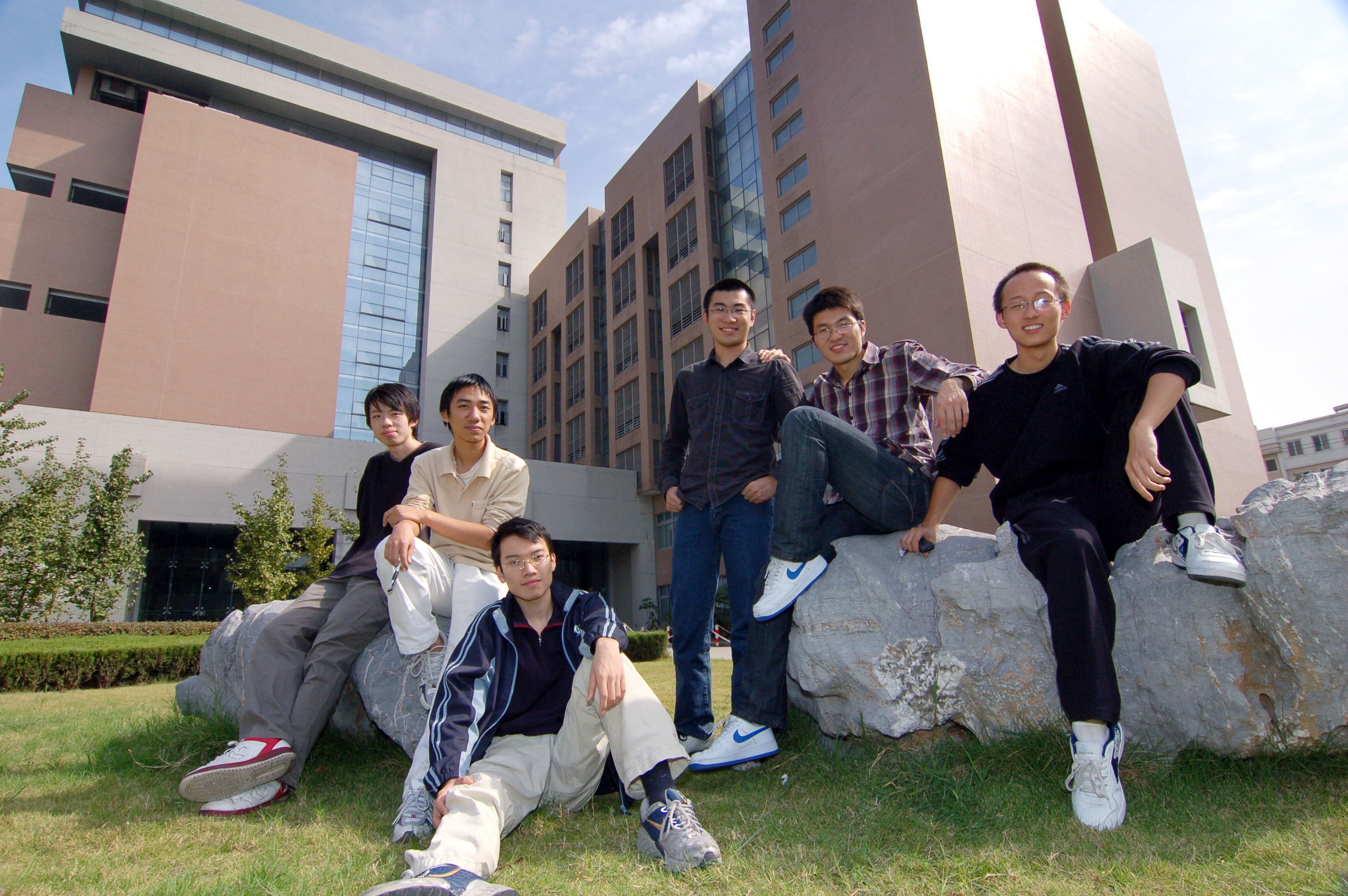Team:USTC Software/Project
From 2009.igem.org
(→Project Details) |
|||
| Line 9: | Line 9: | ||
!align="center"|[[Team:USTC_Software/Flow Chart|Flow Chart]] | !align="center"|[[Team:USTC_Software/Flow Chart|Flow Chart]] | ||
!align="center"|[[Team:USTC_Software/Detailed Design|Detailed Design]] | !align="center"|[[Team:USTC_Software/Detailed Design|Detailed Design]] | ||
| - | !align="center"|[[Team:USTC_Software/ | + | !align="center"|[[Team:USTC_Software/Why|Highlight!]] |
!align="center"|[[Team:USTC_Software/Demo and Downloads|Demo and Downloads]] | !align="center"|[[Team:USTC_Software/Demo and Downloads|Demo and Downloads]] | ||
!align="center"|[[Team:USTC_Software/External Links|FAQ]] | !align="center"|[[Team:USTC_Software/External Links|FAQ]] | ||
Revision as of 11:23, 18 October 2009
| About | Team and People | Project | Standard | Notebook | Demo | Safety | External Links |
|---|
| Basic Functions | Flow Chart | Detailed Design | Highlight! | Demo and Downloads | FAQ | Database | Brainstrom |
|---|
| We hold in hands the same motivation to adventure, unfold and appreciate the secret of life via the way of virtual evolution and simulation. The seven of us major from automation to engineering, mathematics to physics, grading from freshman to PhD candidates. Though there had been hard times, we have a faith. More hopefully, we’d express our gratitude to the kind support from the School of Life Science of USTC, which makes all impossible possible.
From the one-month brainstorm we collected our first proposal – construct virtual bacteria. Yet, for some practical reasons we then shifted to a second proposal, which narrowed to molecular level simulation and later on turned out to be the prototype of our present project. | |||
| What do we desire to realize? In short, just tell us what you want your bio-device to behave, and we will return you with a list of eligible formation strategies for your design, of course, with bio-bricks.
Turgidly as the idea might appear to be, this is basically an adoption of the gist of reverse engineering and evolution. By intake the custom-designated behaviors, we search, sometimes traverse, the solution space formed by nearly-inexhaustible combination of Biobricks. In order to make the simulative process applicable and practical, we employed a couple of algorithms widely used in computational sciences like Metropolis method and Dijkstra Algorithm to cut down the time cost and optimize the final result. Analysis on sensitivity and robustness has also been carried out to escort a reliable output of the final list of Biobrick combinations. |
Overall project
Your abstract
 "
"

